Click below to listen to my 2 min. Garden Bite radio show: Attracting butterflies includes larval host plants
The milkweed is beginning to flower and the milkweed bugs are taking advantage. The jury is out on the red long-horned beetles as to whether to kill them, they’re pretty easy to squish this time of year while they’re trying to procreate.

Here’s the scoop, the grubs eat the plant’s roots, on the other hand, it’s not generally enough to kill the plants.

Milkweed has migrated to my perennial garden, having been able to rid most of it from my vegetable garden! The word “weed” in milkweed makes sense if you’ve ever tried to get rid of it in, say, a vegetable garden!!
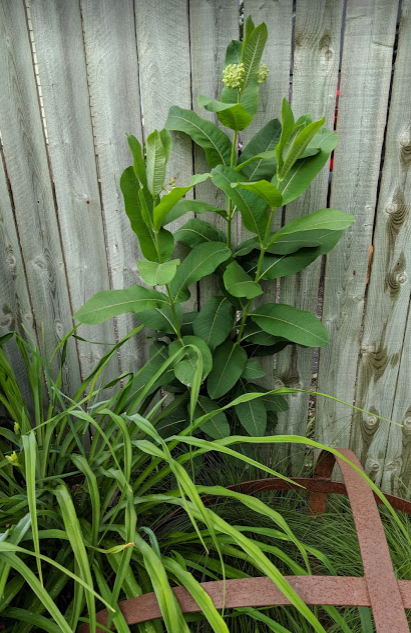
If you like having butterflies of any sort in your landscape, then consider other larval host plants. Rhonda Fleming Hayes wrote a great article in Northern Gardener magazine. She also has a book, “Pollinator Friendly Gardens”. She says on average you’ll find about 100 species of butterflies near your home.
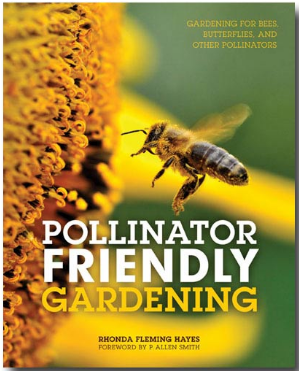
Herbs are good hosts. Dill, Anise, fennel, mint and parsley work well and are great plants.
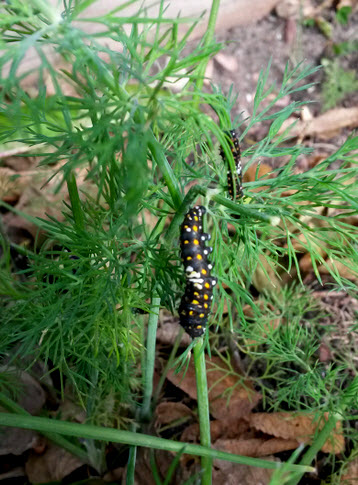

Although mint is invasive. Of course milkweed is for monarchs, their larvae eat the leaves, but other perennials like aster, hollyhock, mallow and hardy hibiscus attract butterfly larvae of another sort!

These larvae feed on the plant foliage, it’s not the flowers or nectar they’re attracted to. An important distinction.
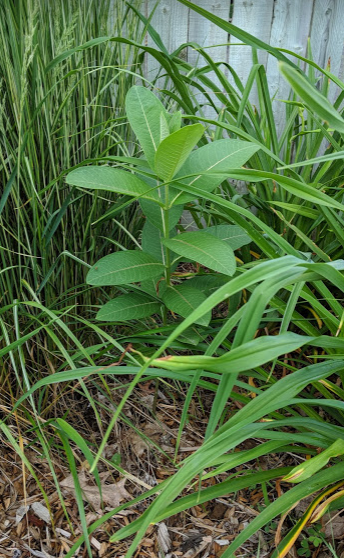
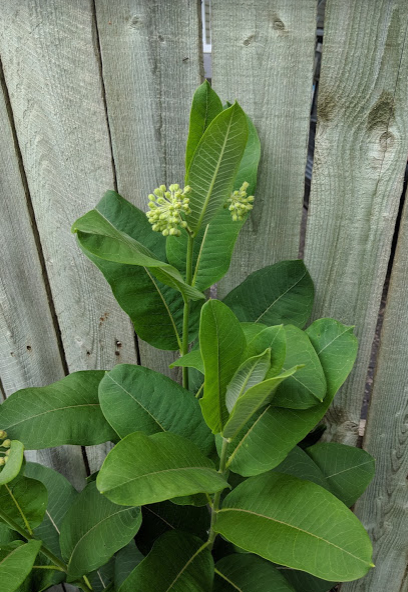
Most gardeners would ask, why would you plant something that eats the foliage??? Well, without THOSE plants to feed the early stages of butterflies, there are no butterflies.
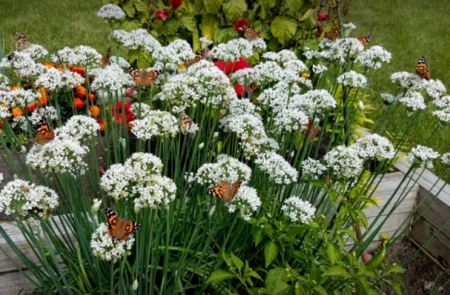
It’s not that you need a full garden of foliage munching caterpillars, but rather an oasis of a variety of plants that include trees!
Aspen, Poplar, black cherry and willow are hosts as are shrubs like lilacs and viburnum.
